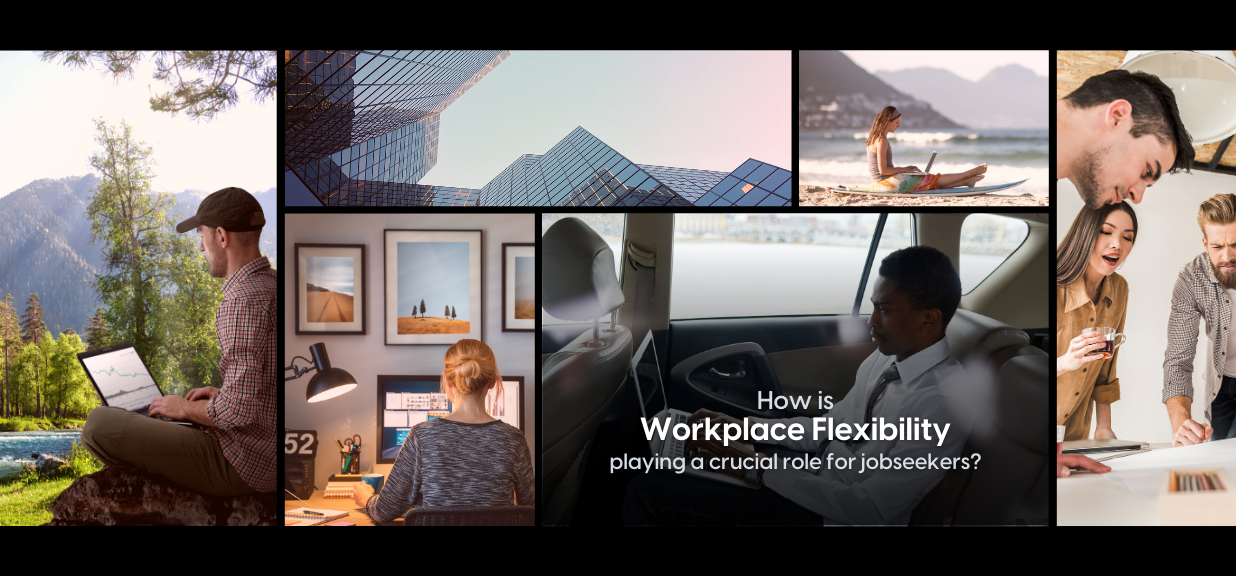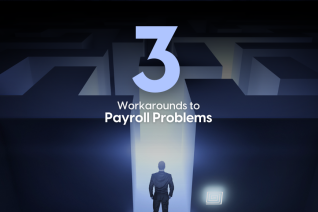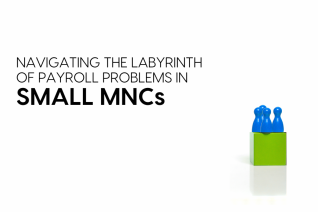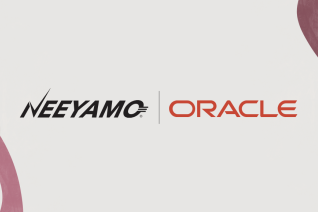Impact of various work models on employee productivity

Remote work and its impact on productivity remain a fiery discussion among leaders, HR professionals, and even employees. Even prominent CEOs, including Tesla and Twitter owner Elon Musk, have discussed the advantages and shortfalls of various work models and their impact on employee productivity.
This debate has only furthered with the evolution of newer work models, including hybrid setups and digital nomads.
The question arises, how do these work models impact employees and their productivity?
To understand that, it’s essential to have clarity on the functioning of these work models.
Traditional work model: This work model requires employees to come to the office full-time. In the post-pandemic world, there have been several debates about if this model of work should be continued or if it is feasible.
Hybrid work models: Flexibility in the workplace is currently one of the most crucial aspects of job-seeking. Hybrid work models offer this flexibility, serving the best of both worlds by allowing employees to work remotely or from offices. These work models bridge the gap between the need to go to the office and the practical benefits of remote work.
There are even several types defined under hybrid models, such as the office-first model (which requires employees to come to the office for a significant fraction of their work hours and offers remote work for the remaining time), Party remote hybrid work model (where certain teams function remotely and other departments are required to come to office full-time), and the remote-first work model (Which allows remote work for a majority of the working time and employees will have to go to the office when required.)
Remote work models: These work models allow employees to work remotely full-time. Though this model peaked during the pandemic, several companies decided to continue with an entirely remote setup. In recent times, newer remote work models such as digital nomads have developed for employees to continue working from their homes and anywhere.
You might also like: Understanding the Digital Nomad Lifestyle with Ali Greene
Each one of these work models has its advantages and shortfalls. However, several determinants for both employees and employers come into play when deciding which of these work models works best.
Employees prefer work models that allow them to have a healthy work-life balance while contributing to their function effectively. Meanwhile, employers must consider employee function, performance, and productivity and how they will be affected before settling on a working model.
Preference for different work models
As the determinants for different work models are different, so are the preferences of these work models among employers and employees.
With “productivity paranoia” at an all-time high, it is important to see what work models are preferred more among employees and employers.
According to a 2022 survey by SHRM, 48% of US workers seek to continue remote work, and 63% said they need a sufficient reason to return to a full-time office setup.
And a 2021 survey by McKinsey showed a jump from 38% to 63% of employees preferring hybrid and remote work post-pandemic.
Impact on productivity
Does the work model impact the productivity of employees?
Microsoft released a survey in September 2022 discussing similar statistics on hybrid work. According to it, a whopping 85% of leaders were doubtful about the functioning of hybrid work models and said they need more confidence that employees are productive, despite 87% of employees reporting no decline in productivity.
With various initiatives like a four-day workweek and digital nomads on the rise, the number of workplaces that prefer more flexible work models over the traditional 9 to 5 function has increased.
Organizations must offer more employee-friendly work models to ensure that productivity levels do not go down. Workplace flexibility is a crucial factor for jobseekers as well.
Tune in: HR Cookbook Ep 04. Customer Second, Employees First (Ft. Adrian Tan)
The point we are trying to make
As many employees are very vocal about their preference for hybrid or remote work models, it is important to recognize that there are also employees who would like to work from the office and feel more productive in the office space.
Several factors contribute to this, including the commute to the workplace, preference of environment, impact on productivity in the presence or absence of co-workers, and so on.
Ultimately, it falls on the shoulders of organizations to identify employee preferences and keep track of employee performance to maintain a healthy balance.
Whether remote, hybrid, or on-site, Neeyamo’s Global Work solution will ensure that companies and employees have a smooth employee management system.
Feel free to reach out to us.
최신 리소스
최신 업데이트 정보 받기
HR, 급여 및 EOR 세계와 관련된 지식이 궁금하고 갈증이 있는 경우 리소스 구독을 놓치지 마십시오.














